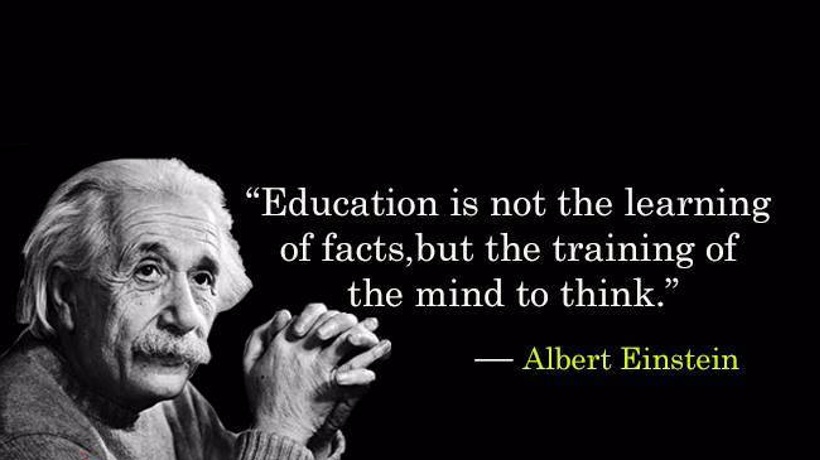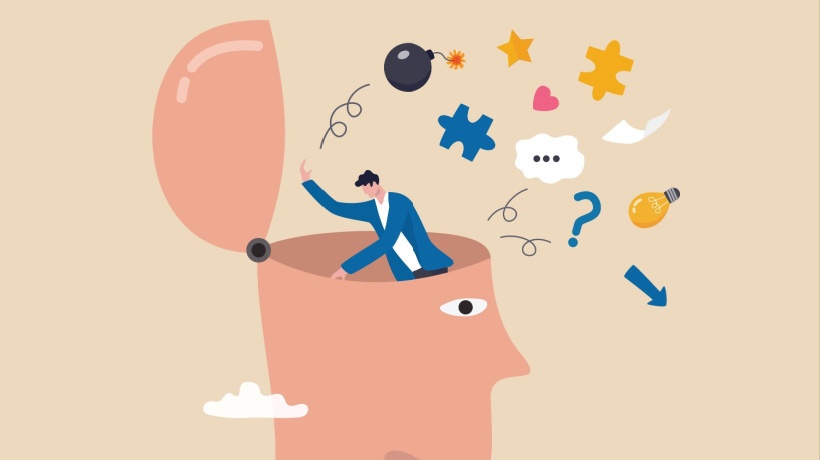Increasing Learning Behavior With Neuroeducation
Before learning about what educational neuroscience, is it is best to begin with how it was birthed at the root; through neuroscience itself. Wikipedia defines Neuroscience as:
“... the scientific study of the nervous system. It is a multidisciplinary branch of biology, that deals with the anatomy, biochemistry, molecular biology, and physiology of neurons and neural circuits while drawing upon fields including mathematics, pharmacology, engineering, and psychology.”
Ok, so let’s break that scientific mumbo jumbo down to nuts and bolts. In general, there are 2 parts to neuroscience:
- One part of the science deals with the physiology of the brain under a neurodevelopmental, neurological, or psychiatric disorder.
- And, the second part is education; neuroeducation. In part, it is the study of how the brain learns, uses the information it has absorbed, and stores it. It is through learning that the brain enables us to adapt to our ever-changing environment. For Instructional Design and eLearning purposes, this is the half we’re obviously going to focus on.
Physical Brain Change In Learning
So why do I need to know how to modify the physical brain when I create my learning? Since the brain changes, so does the behavior of the learner. And, by knowing this, you can increase the learning and enhance a person’s acceptance and retention.
Neuroeducation is a new and highly interdisciplinary research front and its objective is to improve learning by applying findings from brain research. Listed below are some highlights to some critical findings from the neuroeducational community of scientists that you can embrace and include in your eLearning development. For those that have been using these techniques, it is not by chance that they work, it is but findings through the neuroeducational tunnel that these are proven methods in the world of design. So keep these gems high on your development list and use them over and over again. They work if you work it!
# |
Neuroeducational Finding |
Applying this in Instructional Design Development for eLearning and Instructor-Led Training |
| 1 | Neuroeducational scientists have discovered that the brain remembers the first part and the last part of training the best. The name for it is called the primacy-recency effect. | Beginning/End: The in between / the body of the training should encompass the least important information. It’s important to revisit the objectives in the end just as much as you emphasized them in the beginning.
For example, a 5 minute microlearning is an excellent method for training. Or a short 20-minute eLearning with a 5 minute break in between is a good idea, since it allows for small chunks of learning to be given to be subconsciously absorb through meditation. |
| 2 | It was Plato that said “All learning has an emotional base”. Emotion is a key to open the door to motivation. And motivation will start the engine to wherever you want it lead.
Just recall one of Sarah McLachlan’s ASPCA TV commercials that trigger our emotions which motivate us to donate to the cause of helping animals. |
Emotion: A learner can become motivated if you involve something that is emotional-based. Stories are a great way to engage a learner and tap their emotions which will motivate them to learn what you teach them.
For example, you can create a story to use throughout soft-skill learning; such as training about HIPAA regulations and what is a right thing to do or a wrong approach to take. You can even have learners share challenging experiences in an instructor-led classroom. |
| 3 | Changes to neural connections (critical for learning) do not happen when experiences aren’t active. | Interactivity: A learner should engage in an activity for changes to take place in the brain.
For example, use group participation, active simulation, gaming/gamification, role play and other engaging activities. |
| 4 | It’s a proven fact that the brain changes after new skills have been acquired and put to the test. However, the opposite is true if a learner does not have the ability to exercise what they just learned. The brain does not change and the learner then forgets what was just taught | Immediately Use the Learning: Have the learner do an activity immediately following what was just learned.
For example, create a coaching environment where the learner learns in the classroom or eLearning environment and is then immediately placed on the job with a coach to utilize that knowledge. Teaching a new software application is ideal in this case; learners can use the new skills right after it is taught to them through a simulation you create. |
| 5 | Since it is now understood that neuroscience is primarily an unconscious response to learning, it is important to take time to silence the mind midstream through training. To dissuade thinking and focus on the senses while breathing deeply or allowing incoming thoughts of the training enter without reacting to it. Neuroscience suggests 20 minutes per day should suffice (5 minutes four times per daily instructor-led training or a few minutes between a 2 hour eLearning). | Take a Break: Include short breaks every hour or so for relaxation to take in and absorb what was taught. This does not mean allowing class to take a cigarette or coffee break, this means strongly encourage learners to reflect on their development, while discouraging them to look at emails and texts during this allotted time. |
| 6 | There’s almost no such thing as multitasking because our brains are wired for only one task at a time. Learners may seem they are capable of conducting more than one event simultaneously, but for the large portion of us, we are truly incapable.
By attempting to focus on more than one task at a time, it costs an estimate of $650 billion in the industries. Not only is cost factor an issue, but learners will reduce their learning intake. |
Just Say “No” to Multitasking: It is important to reduce activities to only one at a time in the classroom.
For example, it is truly discouraged that jumping ahead in training, texting, phoning or sending emails during class time is shunned upon. It is wise to have class turn off phone and program eLearning accordingly so they don’t jump ahead. |
| 7 | In order to be able to remember more easily, scientists have discovered utilizing verbalization, writing, drawing, and sharing and explaining a topic.
In essence, three different subjects can be learned simultaneously if weaved into the training. This is because the brain learns in chunks and packets. |
Remembering: Interweave chunks of knowledge into activities.
For example, have each class member share the last three items just learned in a made up story. |
| 8 | Current evidence from the best neuroscience research available, (specifically, van der Walt) has identified drivers that can be individually and collectively enhanced for optimum brain performance. | Fundamentals That Drive Brain Power: Keep in mind the following when training.
For example, in an instructor-led classroom, tell the learners to exercise in the morning, have a good meal and restful sleep between trainings. When developing eLearning, add into the training a form of gamification with leaderboards on the Learning Management System that host their name and allow them to print out a certificate at the end with their name. These examples are solid forms to allow the learner to identify with a part of belonging amongst the class of participants. |
Start Using These Methods
By combining some or all of these eight knowledge enhancement techniques into a corporate training environment, along with some of your already tried and true methods, evidence proves you will be creating star learners and participants in your classrooms and self-paced development. Companies such as Deloitte are already using these design principles and evidence-based learning techniques in their current trainings.
It seems to some scientists that teachers, trainers and even individual learners have a responsibility to participate in this research and inform researchers of their experiences. As Katie Quinlan stated in an Oxford Open Learning blog, “Without interdisciplinary dialogue, the potential benefits of this field of research are lost to the pages of academic journals rather than applied to the learning environments and methods of teaching that will benefit learners today and in the future”. If you are already giving some of these a try in your own trainings, good for you. For those that aren’t, go ahead and broaden your training to see for yourself how these techniques will enhance learner’s scores.






